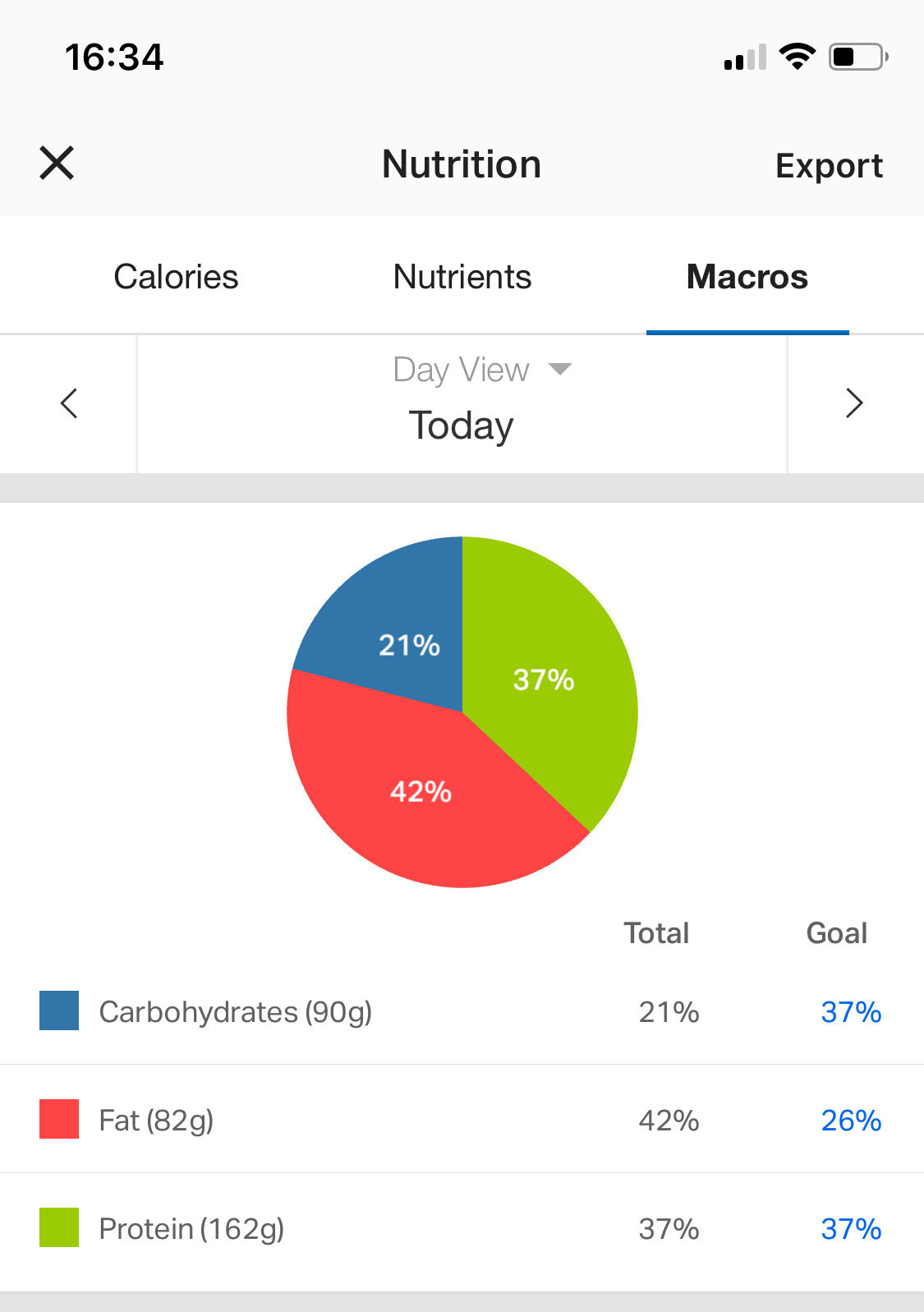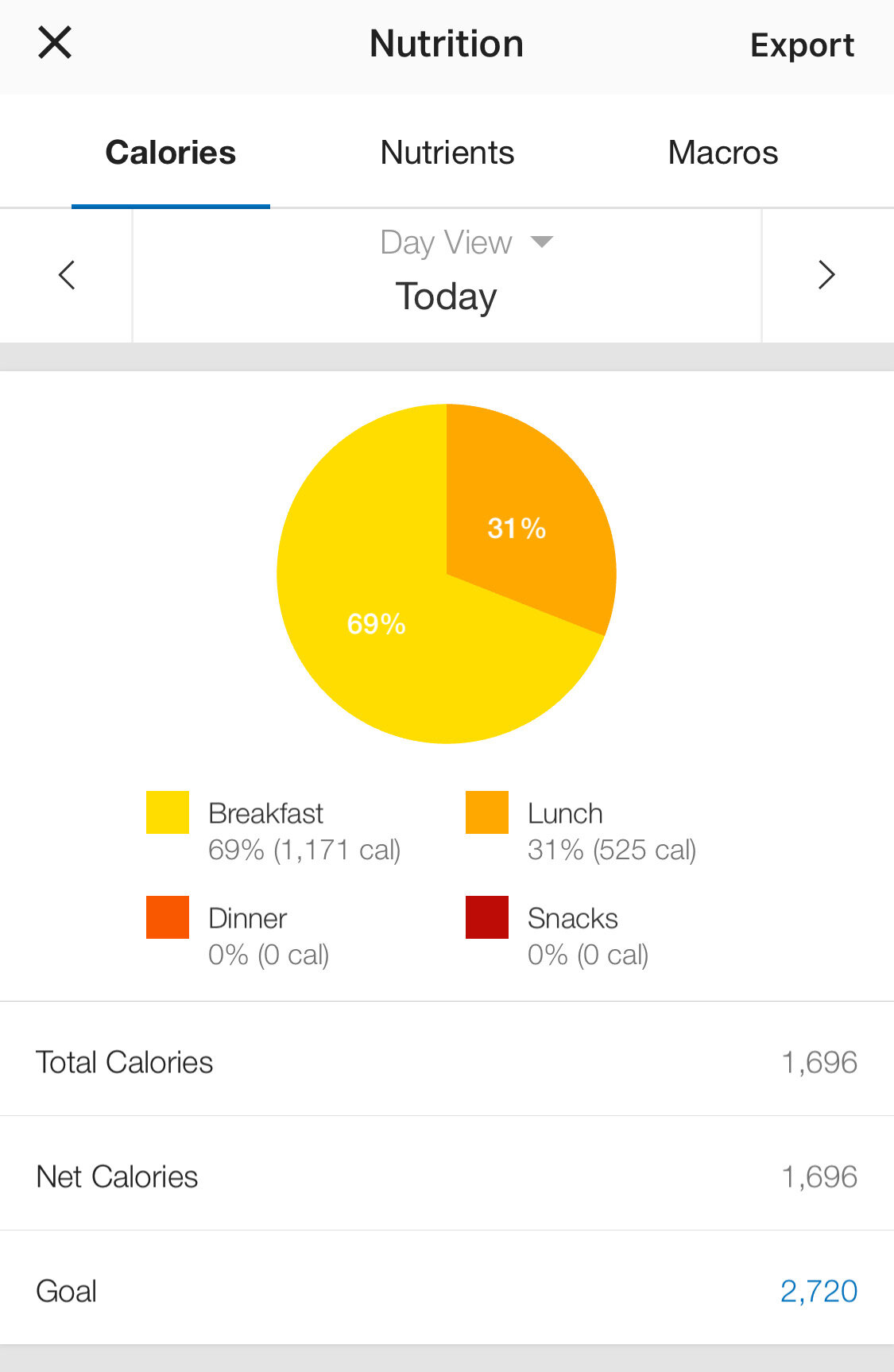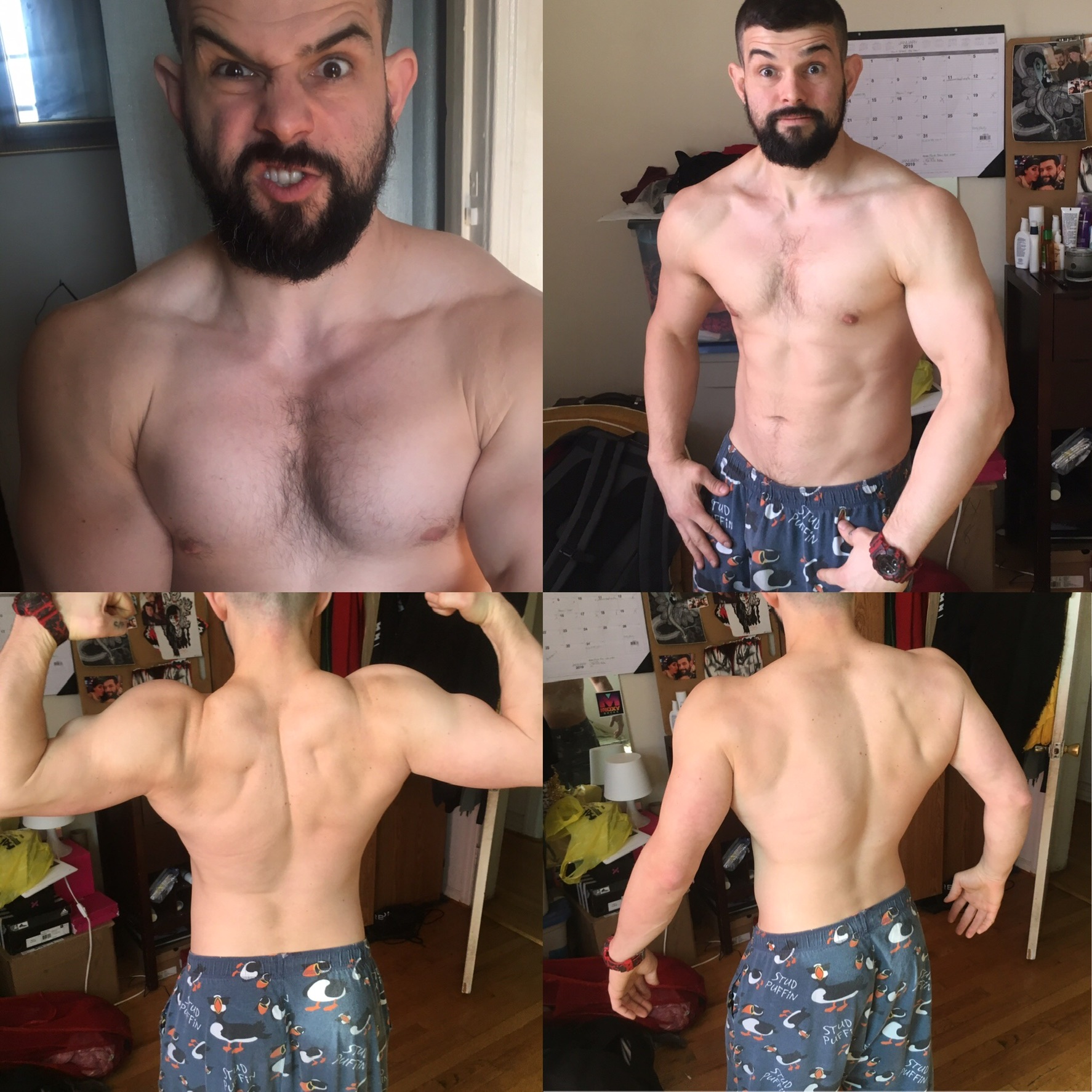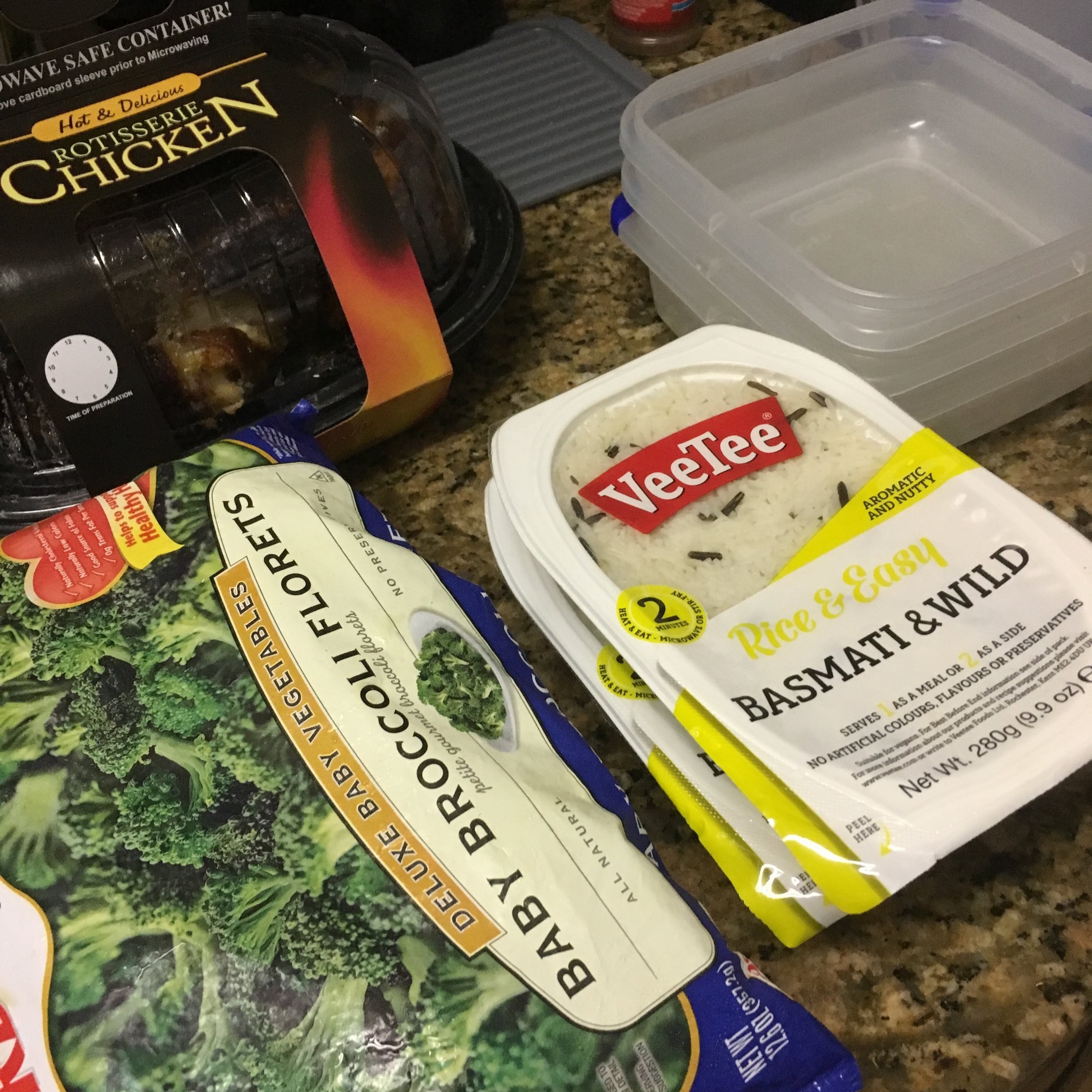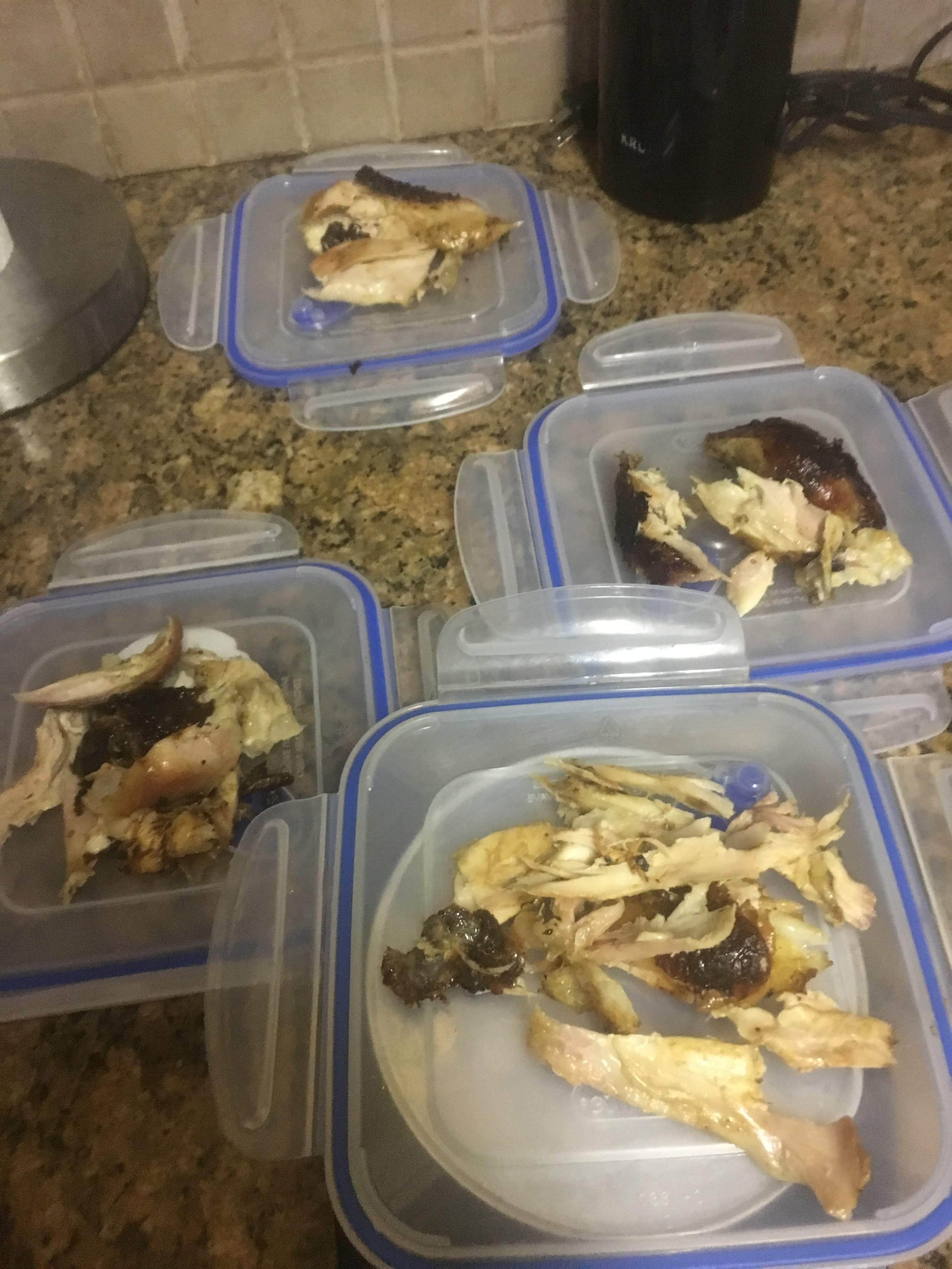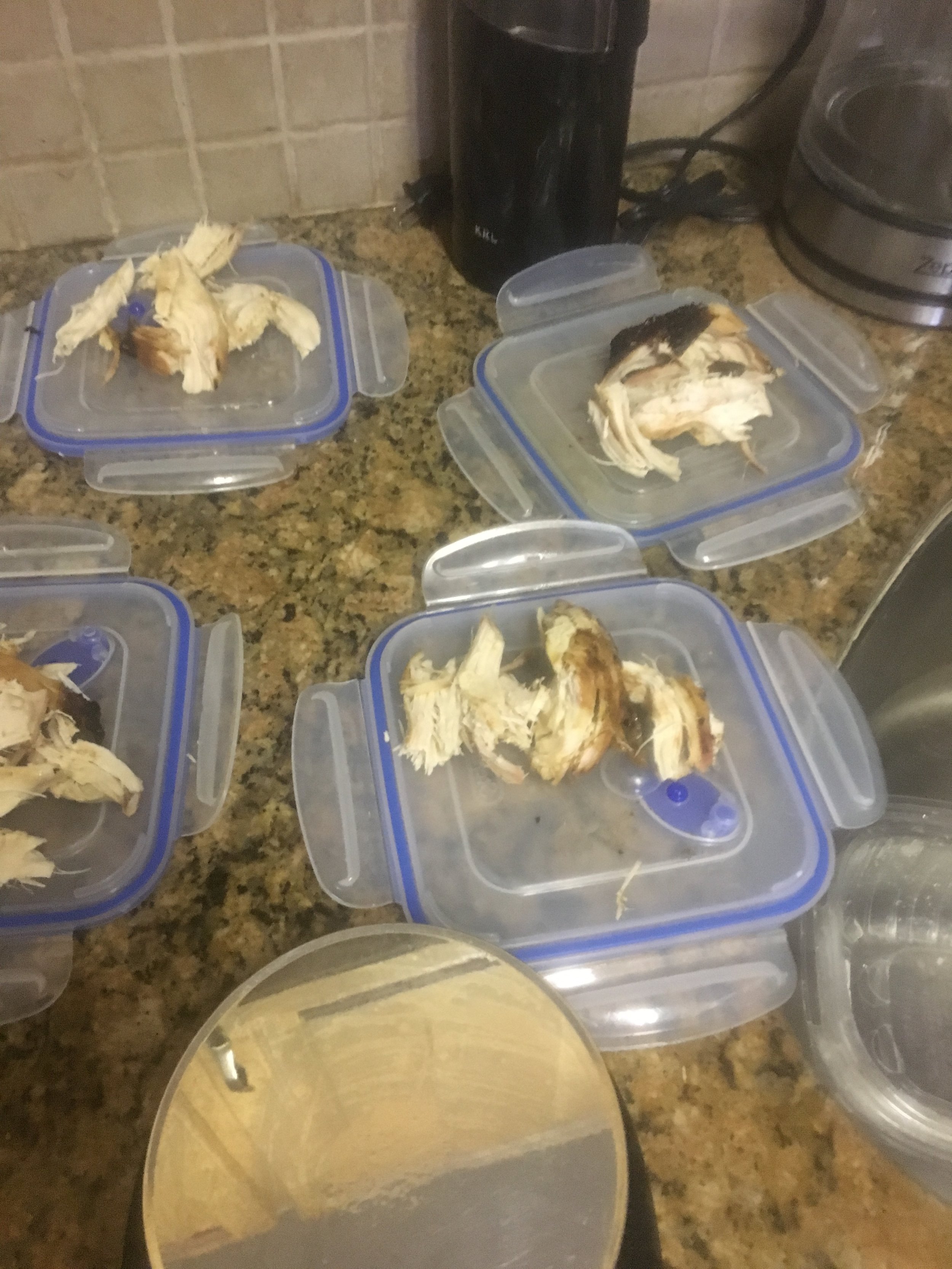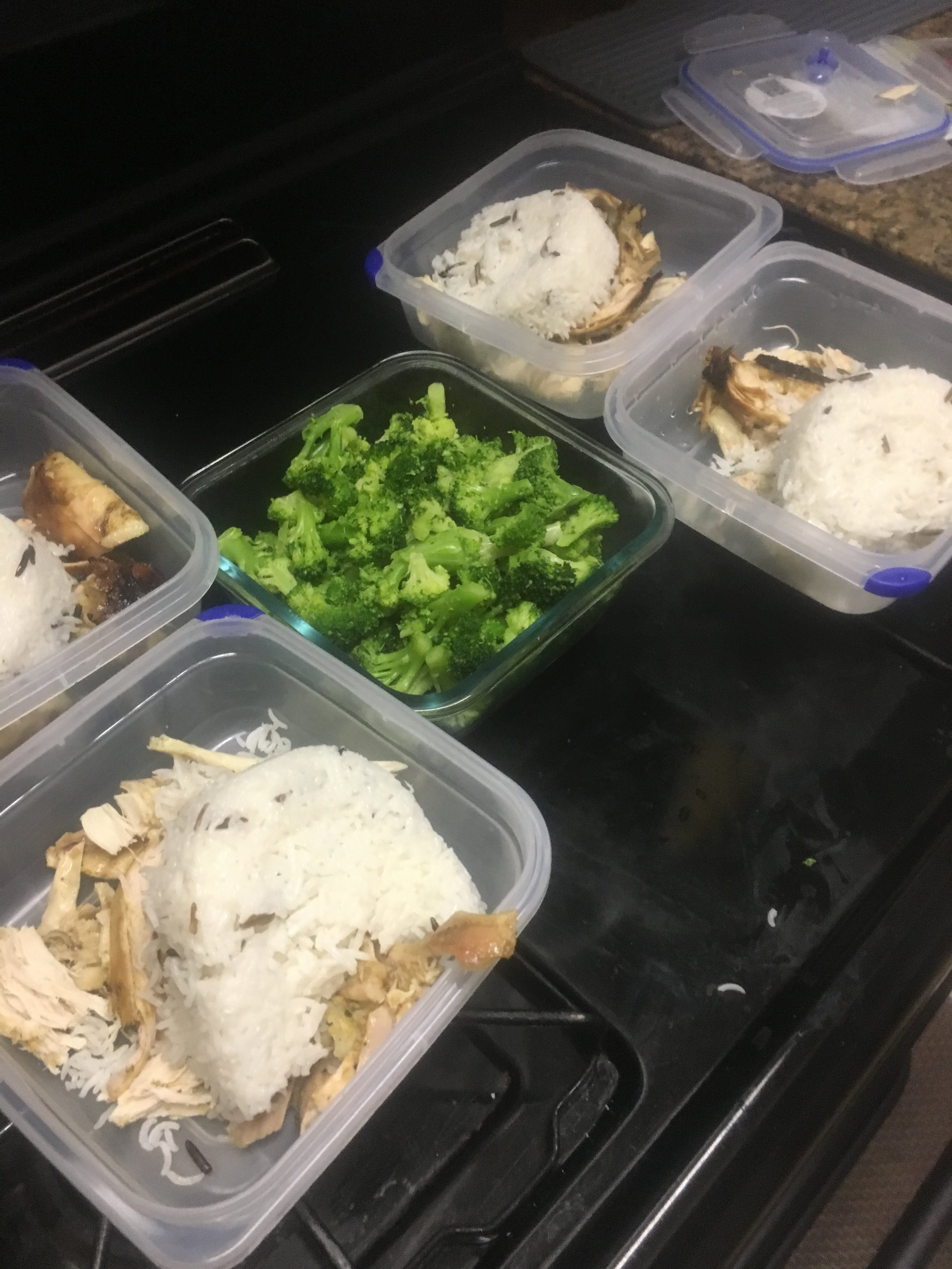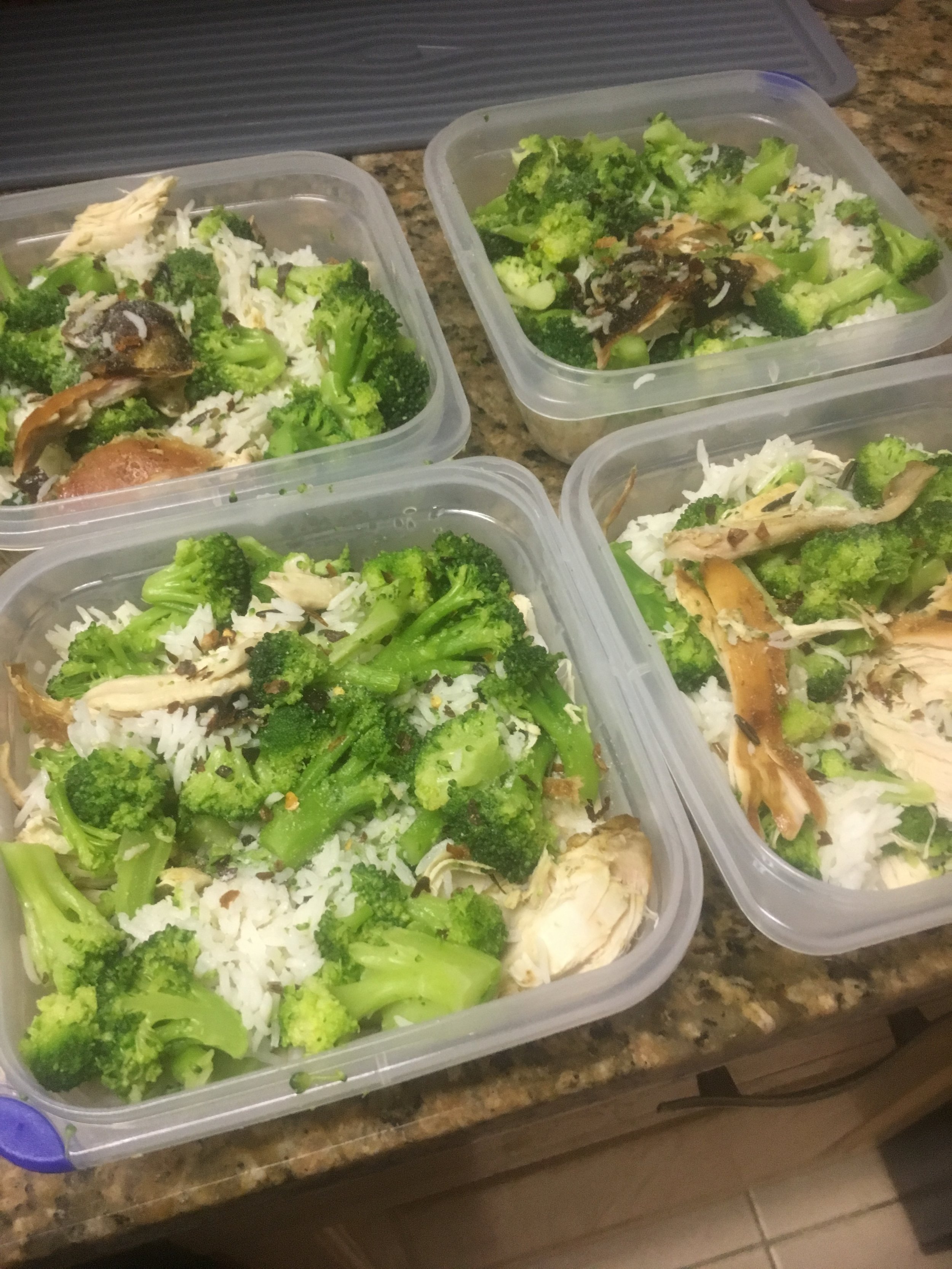So rather than just saying a certain exercise or modality is stupid, which is easy (and fun), I have chosen to go into some depth as to why I feel the BOSU Ball Squat & deadlift should be viewed with scorn. English essayist and moralist Samuel Johnson said: “patriotism is the last refuge of a scoundrel.” I would argue that saying a nonsense exercise challenges your core strength is the last refuge of an incompetent trainer.
The Dirty Secret
A large portion of fitness “professionals” are “slash trainers,” meaning that they don’t really train themselves and aren’t passionate about the subject. They have okay-ish physiques (maybe), one of the easier to acquire certifications, and they have another passion that is the main focus of their lives. Or, hey, it might just be that the circus wasn’t hiring that day (my case) or that Burger King required too much math, so, “Let’s be a trainer.” These people can often be seen playing on their phones while their clients flail around doing something next to meaningless. The result is also that effective means of training, especially ones that are difficult to teach, are passed to the side for low risk and lower reward moves. If you don’t know how to effectively program or explain the efficacy of an exercise such as the barbell squat or deadlift you can always throw someone on a BOSU ball, make them feel entertained, and take your paycheck.
Efficacy of Training Balance
In and of itself, this is the subject of numerous studies which are not less than conclusive. First off, I believe there is never a reason to squat or perform any exercise focused on muscular development on the rounded portion of the BOSU ball. This teaches faulty movement patterns, and nearly always forces the trainee to collapse their ankles.
There are more effective ways to train balance and prevent injury through challenging synergist muscles (ones that assist the main muscle acting). Also, these exercises I’m about to list are great at pointing out asymmetry that might exist in your musculature left versus right. These are exercises where the foot can still be active and stable and adapting the body to asymmetrical loads similar to how they might need to be handled in real life and sport. A few examples are exercises like rear foot elevated split squats (a.k.a Bulgarian split squats), off-set deadlifts, and suit case carries. An important distinction being that balance is found by reinforcing postural integrity, meaning keeping the ankle-knee-hip organized in line, against an outside force. Similar to how you would have to pick up a heavy weight with one arm but not allow that to collapse your posture. One of my favorite tests for this is to progress from one single leg touch, to single leg deadlifts, to single leg rotational throws.
“Like, Core Strength, Bro”
I’ve heard the argument that unstable surface training activates more core musculature, thus burning more calories. This, frankly, is bullshit, pretty good bullshit, but bullshit none-the-less. Weight loss is a product of work output being greater than calories in. More core musculature is used squatting your bodyweight on a barbell, or even more core challenging, front squatting. Properly taught strength moves provide much more core stimulus than completion of a balance problem.
Performing a lift on a BOSU or Indo Board might be challenging. But is it challenging because you are taxing the musculature you want to develop or is it just a coordination puzzle? Also, squats and deadlifts are effective because your body is challenged to generate force production. If you take away your ability to do so with an unstable surface you have now negated the purpose of the exercise.
If your goals are to lose weight or gain muscle figuring out how to use weights far-far beneath sub-maximal on an unstable surface is as relevant as your goals as devoting 30 minutes of your training session to juggling. Often performing exercises on an unstable surface is used in physical therapy. I personally know this from rehabbing a severe tear of ligaments in my ankle. Physical therapy exercises have never been intended to drive aesthetic or performance adaptations. Which is what 99% of personal training clients are looking for and largely skewed towards the first of those two stated goals.
The Fallacy of Functionality
The term functional has become a bit of meme in fitness circles. In order for something to be functional it must have a function. Are you going to be playing your sport on a wobbly surface or fighting someone in a row boat? I’ve regrettably seen hang cleans performed on unstable surfaces by competitive athletes. What is the purpose of the hang clean? It is to teach force production through triple extension. But when this exercise is performed on an unstable surface the weights that must be used are now ones that the athlete could probably bicep curl. So not only are you are practicing force production on a surface that does not mimic the field of play, you are now using weights that won’t drive the desired adaptation.
#Themoreyouknow
I would encourage you to be ruthless in your exercise selection, if you cannot immediately and without doubt identify the purpose of an exercise in your routine, cut it. For the majority of you out there, you are balancing the gym with the rest of your life and you cannot afford fluff or modalities of dubious value. For competitive athletes, every second wasted on something that doesn’t produce quantifiable results could be used in recovery or increasing skill. Remember it’s intelligent intensity that gets you the results you deserve.
